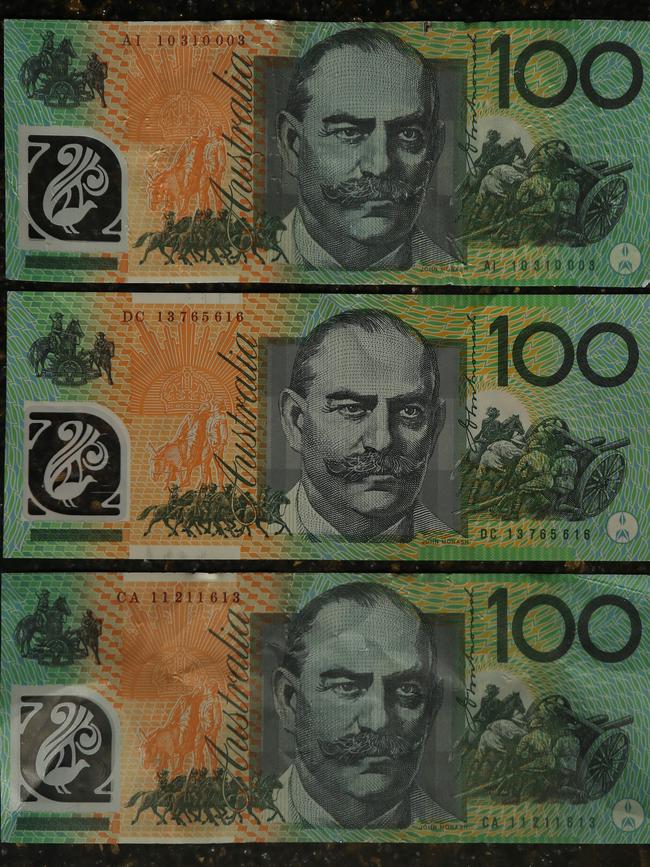Kingaroy cops, federal police investigating fraud after local business duped by counterfeit $100 bill
South Burnett resident’s are being warned to watch out for counterfeit cash after a “realistic” $100 changed hands at a Kingaroy business.
Police & Courts
Don't miss out on the headlines from Police & Courts. Followed categories will be added to My News.
South Burnett residents are being warned to watch out for counterfeit cash after a “realistic” $100 bill was used to purchase goods at a Kingaroy business.
Kingaroy acting officer-in-charge Sergeant Brett Smith said police were called after the fake note changed hands between 6am and 8.30pm on Thursday.
Local cops have teamed up with the Australian Federal Police to track down the suspect.
HOW TO SPOT A FAKE
Only one of these $100 notes is real and the other two are fake. Can you figure out which one it is?

The RBA has some tips on how to help you spot a genuine note from a fake one, we will reveal the answer at the bottom of the page.
1. Is it plastic?
A fake note may have a distinctly thicker or thinner feel to a real note.
A genuine note is difficult to start to tear or scrunch up, if you crumple it in your hand it should spring back to normal.
2. Look for the coat of arms
If you hold the banknote up to a light, you should see the Australian Coat of Arms.
3. Look for the star
On both sides of a bank note there are diamond-shaped patterns inside a circle. If you hold it up to the light the patterns should form a seven-pointed star.
4. Check the clear window
The white on the window of a counterfeit note may be easily rubbed off, on a genuine note this does not happen. Each note has a different embossing, for example the $100 note as a picture of a lyrebird and ‘100’ in the window.
5. Feel the dark printing
The darker printing on real notes is produced using a special raised ink that can be felt with your finger.
6. Check print quality
The background printing should be sharp. Check for irregularities such as less clearly defined patterns, thicker or thinner lines, or colour differences.
7. Look for microprinting
Under a magnifying glass you will see tiny, clearly defined words. On a $100 note the words “one hundred dollars” and “100” can be found near the portrait.
8. Use a UV light
Most of the banknote should not fluoresce. The exceptions are the serial numbers, a patch on the $5 banknote and a patch on the $20, $50 and $100 banknotes that also shows the value.
.
.
.
.
.
.
.
.
.
.
The middle $100 is real.




